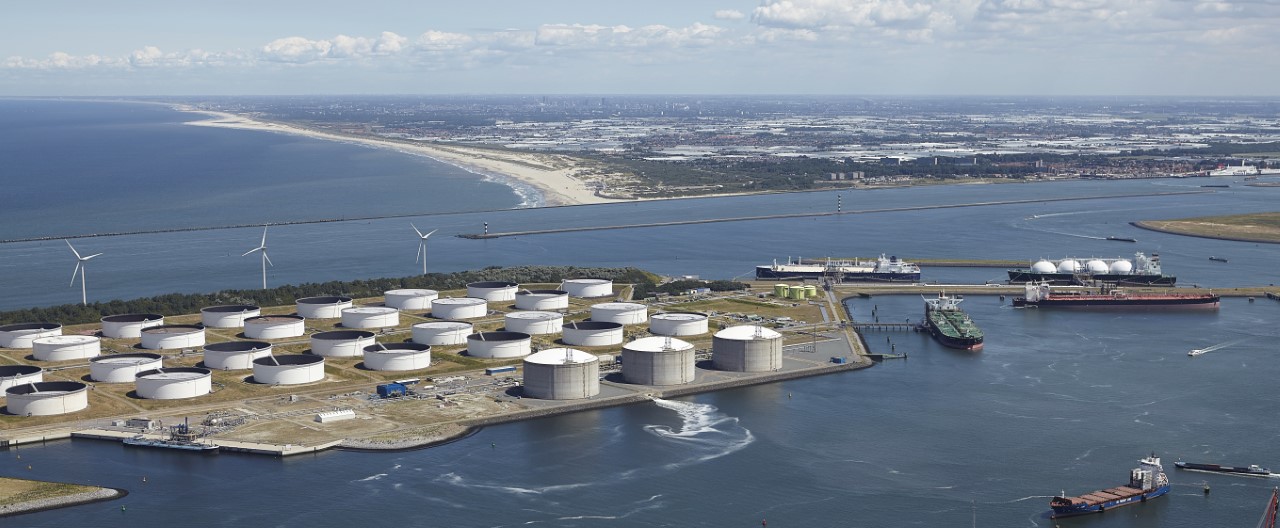Dutch Gate terminal in the Rotterdam port reached full sendout in January on the back of high demand and a surge in US LNG deliveries.
Launched in September 2011, the terminal owned by Vopak and Gasunie currently has an annual throughput capacity of 12 bcm of gas per year, but it will boost it to 13.5 bcm from 2024 as part of a deal with Germany’s Uniper.
Gate and other terminals in Europe have seen a significant increase in deliveries in the last two months due to a lack of gas supply and high gas prices, attracting LNG cargoes from the US.
“January sendout utilization reached 100 percent. Both in October and November it was 70 percent, while in December sendout utilization stood at 90 percent,” Gate’s commercial manager, Stefaan Adriaens, told LNG Prime on Thursday.
In January, Gate unloaded in total 14 LNG cargoes out of which seven came from the US and six from Russia. Sendout hit about 1.01 bcm last month but the records continue into February.
“Today we have record nominated hourly volumes of 18,282 MWh per hour,” Adriaens said.
US LNG cargoes almost doubled in 2021
Gate received 51 LNG cargoes from terminals in the US last year. This compares to 26 shipments in 2020.
LNG deliveries from Russia also increased from 38 cargoes in 2020 to 43 shipments last year, according to Adriaens.
Other sources include Angola, Algeria, Belgium, Equatorial Guinea, France, Nigeria, Peru, Qatar, Spain, and Trinidad and Tobago.
In total, Gate unloaded 113 ships, compared to 93 in the prior year. Including reloads, the facility handled 244 ships, up by 29 vessels when compared to 2020.
Detailed engineering for new truck loading bays
Besides ships, LNG truck loading operations continue to surge at the only Dutch LNG import facility.
Gate’s three truck loading bays delivered LNG to 8501 trucks last year, compared to 5409 in the year before. Also, in January these operations reached 776.
Due to the high demand for such service, Gate shareholders Vopak and Gasunie have approved funds to start the detailed engineering for truck loading bays 4 and 5, according to Adriaens.
“This will give the necessary information to decide on a final investment decision (FID) in April 2022,” he said.
Subject to a positive FID, these bays would become available in July 2023.
“That will be a relief for the market as the existing bays are extensively used without spare at this moment,” he said.

